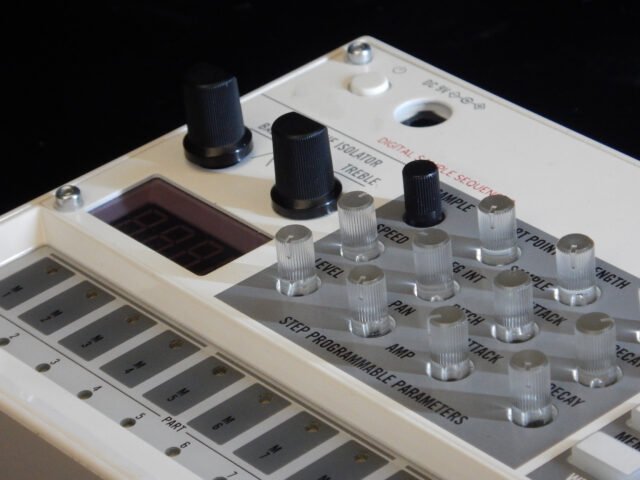The foundation of innovation in electronics lies not only in theoretical knowledge but in the ability to test, measure, and validate real-world circuits. This makes test and measurement equipment a critical part of any engineering or technical curriculum. From oscilloscopes to power supplies and signal generators, these tools transform classrooms and labs into hubs of innovation and discovery.
Educational institutes around the world are integrating advanced lab equipment into their electronics, communication, and embedded systems labs to provide hands-on experience that matches current industry demands.
The Role of Test Equipment in Technical Education
Test equipment bridges the gap between textbook theory and working systems. It helps students:
- Visualize electrical signals and waveforms
- Debug complex circuits and identify faults
- Measure voltage, current, resistance, and signal frequency
- Understand system behavior under varying loads or conditions
- Develop troubleshooting and analytical thinking skills
Without these tools, electronics education remains abstract and disconnected from real-world applications.
Core Test and Measurement Instruments Every Lab Needs
1. Digital Storage Oscilloscopes (DSOs)
These devices allow students to observe real-time voltage waveforms, analyze signal frequency and timing, and study system response. High-bandwidth DSOs are essential for digital and analog experiments alike.
2. Function and Signal Generators
They provide various signal outputs (sine, square, triangular) used for testing circuit responses, filters, amplifiers, and communication protocols.
3. Regulated DC Power Supplies
These units deliver stable and adjustable voltage/current for powering circuit boards, embedded projects, and microcontroller-based systems.
4. Multimeters
Still the most basic and essential diagnostic tool, multimeters help with measuring current, voltage, resistance, continuity, and diode testing.
5. Logic Analyzers and Spectrum Analyzers
These advanced tools assist in digital signal analysis and communication frequency domain visualization, supporting courses in embedded systems and RF engineering.
Benefits for Students and Institutions
Introducing professional-grade lab instruments offers significant advantages:
- Industry-Relevant Skills: Prepares students for roles in R&D, testing, and product development
- Real-World Exposure: Mimics actual work environments found in electronics, telecom, and embedded domains
- Project Development Support: Enables prototyping, testing, and debugging of final-year and mini-projects
- Increased Placement Potential: Practical exposure helps students stand out in competitive job markets
Application Areas in Education
Test and measurement tools are indispensable across several disciplines:
- Electronics & Communication Engineering (ECE)
- Electrical and Electronics Engineering (EEE)
- Mechatronics and Instrumentation
- Polytechnic and Vocational Programs
- Skill Development & Technical Training Missions
Key Features to Consider When Choosing Lab Equipment
When selecting test equipment for educational use, institutions should consider:
- Ease of use and student-friendly interfaces
- Digital storage and PC connectivity options
- Built-in experiments and manuals
- Durability for frequent classroom use
- Safety features and overload protection
- Compliance with international testing standards
Conclusion
Test and measurement equipment is the heartbeat of practical electronics education. By integrating these tools into academic programs, institutions create engineers and technicians who can move from the classroom to the lab—and then to the industry—with confidence. Whether for debugging a microcontroller circuit or analyzing a high-frequency signal, hands-on exposure is the most effective way to build real technical expertise.
For a future-ready technical workforce, investment in quality lab infrastructure is not optional—it’s essential.







